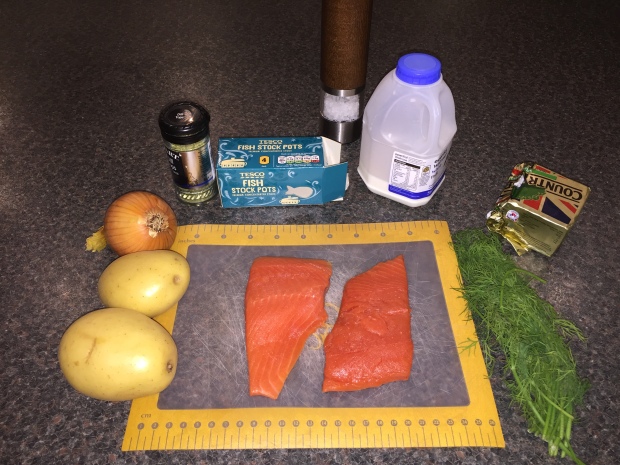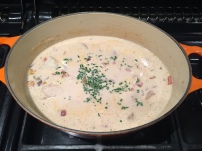Finland, the most sparsely populated country in the European Union, is situated on a peninsula in the Baltic Sea. It is one of the world’s northernmost countries. Of world capitals, only Reykjavík lies more to the north than Helsinki. Known as ‘a country of thousand lakes’, it has the most of any country in the world, with around 188,000. A quarter of Finland’s territory lies within the Arctic Circle and the midnight sun can be experienced for more days the farther north one travels. At Finland’s northernmost point, the sun does not set for 73 consecutive days during summer, and does not rise at all for 51 days during winter.
A few interesting facts:
Finland’s press has been rated the freest in the world
In Finland, 9 out of 10 plastic bottles are returned for recycling and almost 100% of glass bottles are also recycled
In Finland traffic fines are calculated by the severity of the offence and the offending driver’s annual income
There are around 2.2 million saunas in Finland, 1 for every 2.5 people
At the ‘Wife Carrying World Championships’ in Finland, first prize is the wife’s weight in beer
If you’re planning a visit, Lonely Planet’s highlights include learning about the indigenous Sami people and their environment at the Siida museum, relaxing in the giant smoke sauna at Jätkänkämppä, cruising through the canals of Helsinki and trekking the Karhunkierros Trail in Oulanka National Park.
The Finns are passionate about their food and are fiercely loyal to their culinary roots. In 2000, when Helsinki celebrated its 450th anniversary as the European Capital of Culture the city initiated a project called the HelsinkiMenu. The aim of the project was to bring global awareness to Finnish cuisine. The HelsinkiMenu featured fish from the thousand lakes, berries, mushrooms and game from the forests as well as special produce from small farms. A few traditional Finnish recipes I came across; Lohikeitto (salmon soup) , Kalakukko (fish pie) , Perunarieska (potato flatbread) , Silakat (pickled fried herring), Korvapuusti (cinnamon and cardamon buns) , Ruisleipä (rye bread), Laskiaispulla (sweet buns filled with jam and cream) and Vispipuuro (whipped lingonberry porridge). I made Kalakeitto (fish stew) which was velvety smooth and had a beautiful flavour. Finishing it off with fresh dill is key, so a big thanks to my local The Rose and Crown for coming to the rescue.
Rating: 10/10
Serves: 2
Prep time: 15 minutes
Cook time: 30 minutes
2 good quality salmon fillets
1 tsp salt
1 medium onion, chopped
1/4 tsp dried dill
2 cups water
1 fish stock pot/cube
2 medium potatoes, peeled and diced
3/4 cup whole milk or cream (I used cream which gave it an unctuous finish)
1 tbsp butter
Fresh dill for garnish
Cut the fish into 2 inch pieces and set aside
In a saucepan add salt, onion, dried dill, water, stock pot and potatoes
Bring to the boil and cook for 15 minutes or until the potatoes are just tender
Add the fish and cook until the fish just starts to flake, about 5 minutes, depending on the size of your fish chunks
Pour in the milk or cream and heat gently for 5 minutes
Add the butter and sprinkle with fresh dill
Enjoy!























